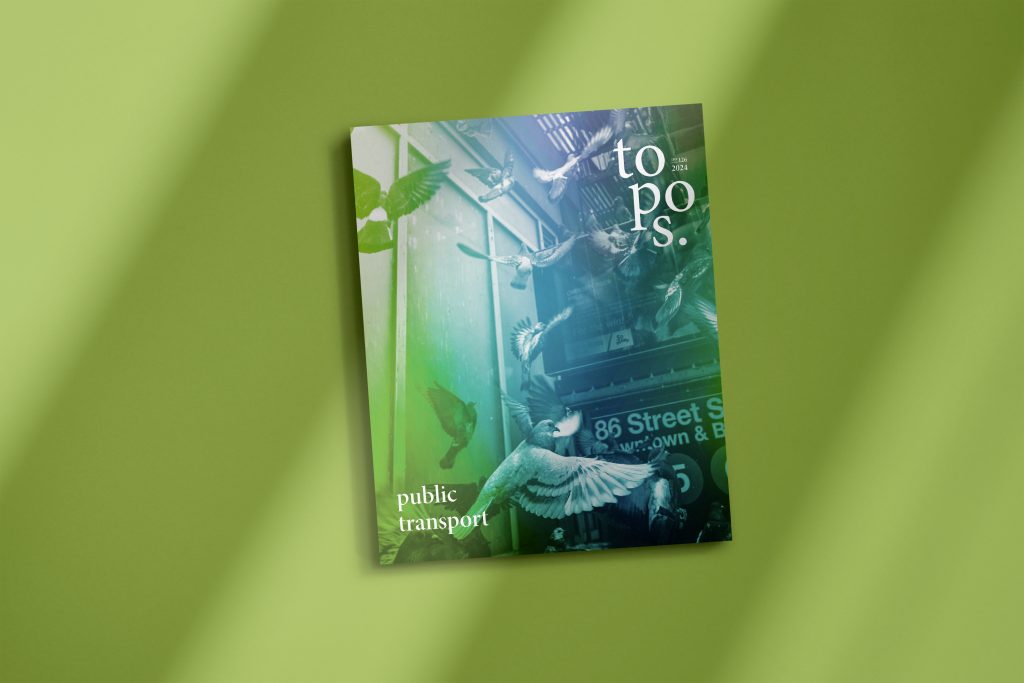
The fifth edition of the Oslo Architecture Triennale (OAT) has been held in the Norwegian capital. We are taking a look “Behind the Green Door”.
Billboard
Skyscrapper
Halfpage
The fifth edition of the Oslo Architecture Triennale (OAT) is currently being held in the Norwegian capital and continues through 1 December 2014. The main exhibition of the biggest architecture event in the Nordic region takes a look “Behind the Green Door”.
Rotor, the Belgian curators of the Oslo Architecture Triennale, investigate the connection between “Architecture and the Desire for Sustainability”. Lionel Devlieger and Maarten Gielen of Rotor have spent one year looking in detail at how the notion of sustainability has influenced architecture and urbanism. As the starting point of their research they took the widely recognized definition of sustainable development given in the now famous Brundtland Comission Report released by the UN in 1987: “Development that meets the needs of the present without comprising the ability of future generations to meet their own needs”.
Oslo Architecture Triennale shows more than 600 objects
Even if nowadays most building and planning projects are presented as meeting criteria of sustainability, the transposition of the new standards into altered construction practices remains an admittedly difficult undertaking. The curators therefore made use of a stratagem – or, one could say, they chose an easy way out of the dilemma. Besides being selected by the curators, projects included in the Oslo Architecture Triennale needed to meet only one other criterion: the architects or planners had to claim that their building or planning concept was sustainable.
For the exhibition, the curators collected more than 600 objects, featuring the work of more than 200 architectural offices, environmental organizations, and companies worldwide. The objects exhibited are ordered, firstly, along a timeline, the so-called archive, and secondly via thematic tables. A project index containing articles on individual pieces offers additional, more detailed information on them.
Sustainable architecture has its limits
Among the exhibition objects are models, photographs, and videos as well as individual pieces of materials and prototypes, publications, toys, and various devices and apparatuses. The gamut runs from a Popular Science cover (March 1949) to the greened high-rise in Milan by Stefano Boeri Studio to a plan of the Duisburg Nord landscape park by Latz + Partner, from individual buildings or objects to a complete urban masterplan. Each of these objects tells its own story. The curators raise questions to which the visitors will have to find answers on their own. The exhibition is as much a random collection of interesting artefacts as it is a chamber of wonders exuding all kinds of inspiration – provided one is willing to engage with the objects shown.
Basic problems of sustainable (construction) projects are explicitly addressed in the catalogue that accompanies the Oslo Architecture Triennale. Masdar City in Abu Dhabi, planned by Forster + Partners, is a case in point; it was designed to be a showcase city: car-free, using renewable energy sources, zero carbon, zero waste system. Yet the limits were clearly defined. “Never mind what happens outside these boundaries, the car is parked outside the city wall,“ John Roberts, principal of the engeneering and environmental consultancy firm Arup, is quoted to have said.
Medium Rectangle
Halfpage
Photos by Marte Garmann
Events are accompanying the Oslo Architecture Triennale
In an analogous contradiction, many of the sustainable and energy-independent luxury residences have a sports car or an SUV parked in front of them. Apart from telling of sustainable attempts in an unsustainable world, the catalogue (and the exhibition) also point to the negative repercussions of specious or ill-conceived sustainability goals: for example, the demand for used teak wood in the US led to the dismantling of traditional teak houses in Asia, thus destroying part of the region’s cultural heritage.
A wide variety of about 70 events accompany the Oslo Architecture Triennale. The exhibition “Far out Voices” at the National Museum of Art, Architecture & Design deals with the pioneers and precursors of what we today call green design.















